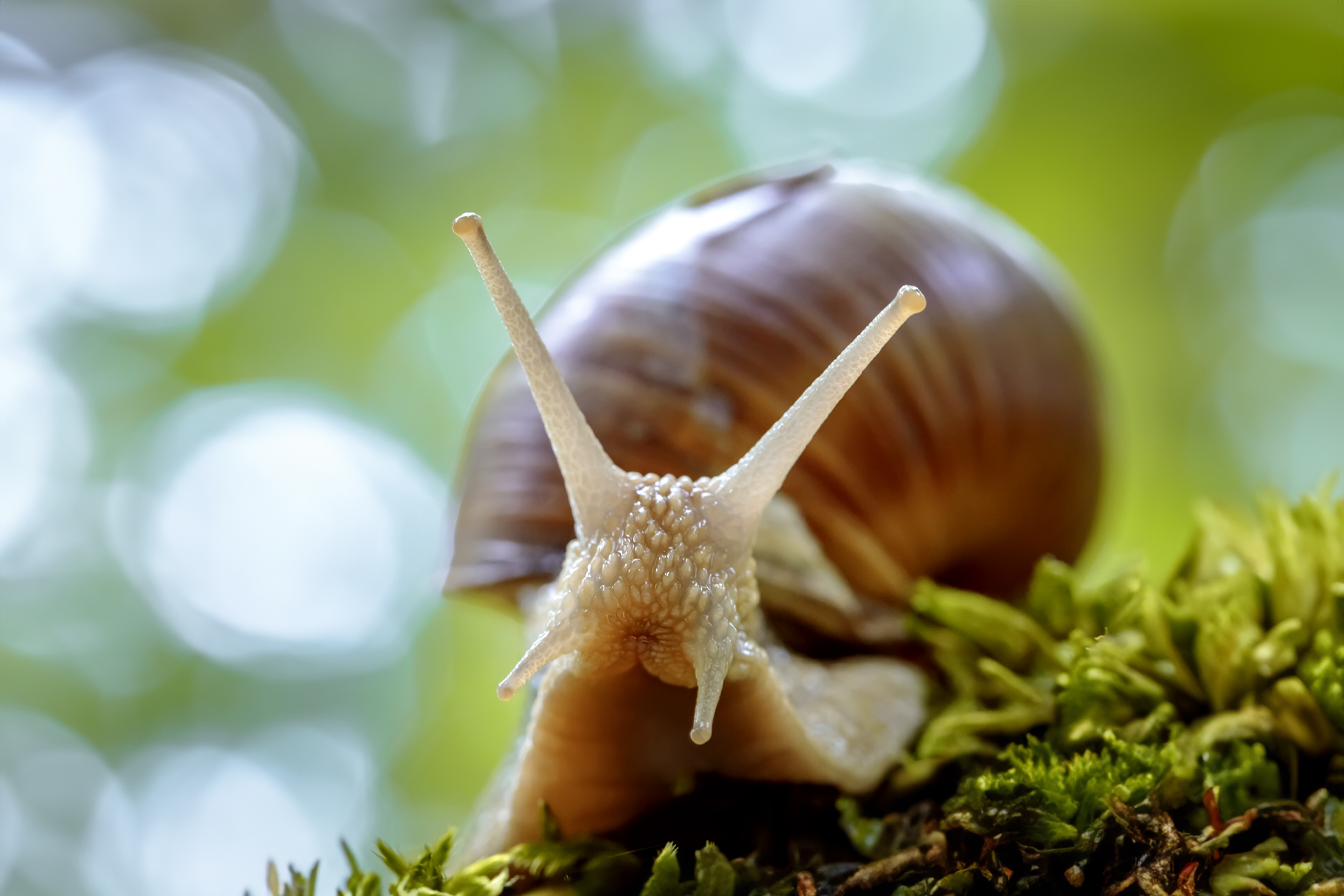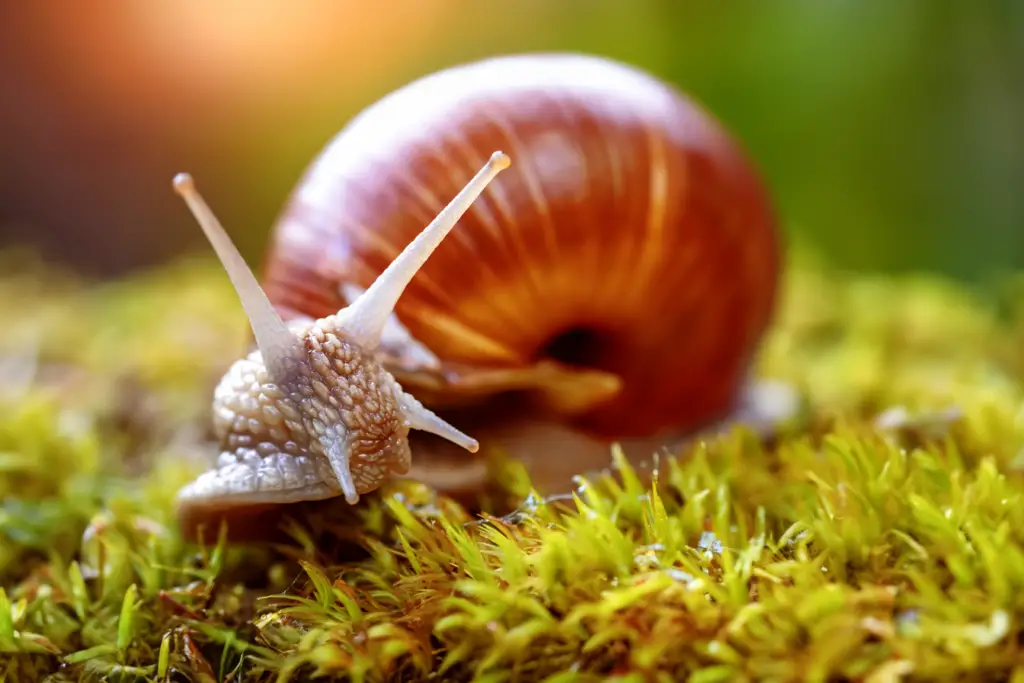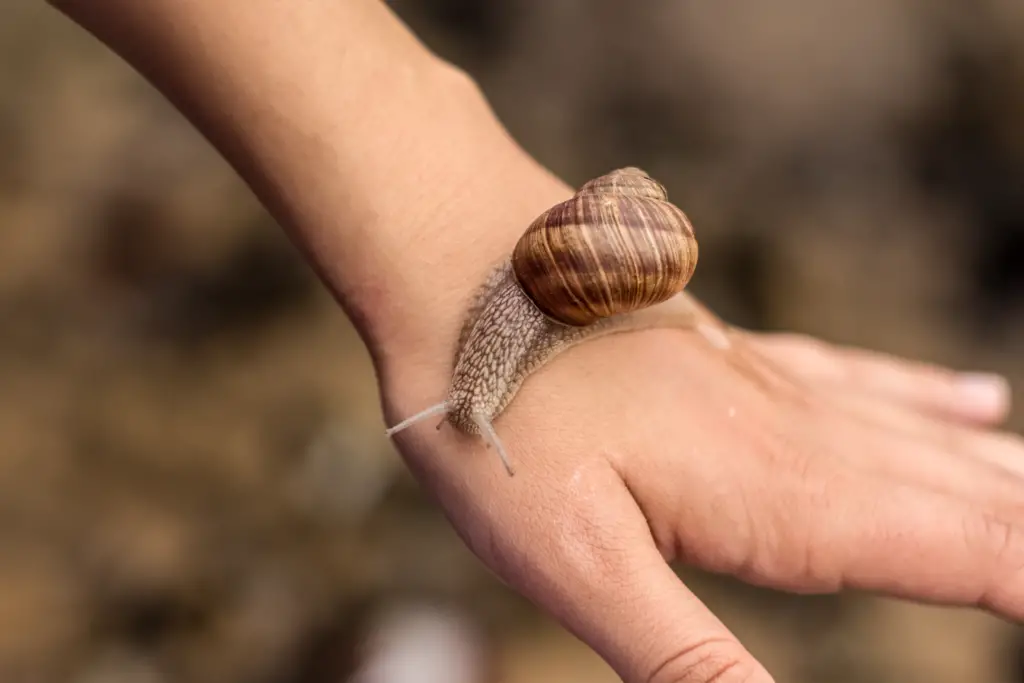
You might find it fascinating to learn that some animals in the wild have the incredible ability to change their sex. This might sound like something out of a science fiction novel, but it’s a genuine phenomenon in the natural world. In particular, certain species of snails have this extraordinary capability. They’re not alone, as various other creatures share this trait, but snails offer an interesting case study due to their unique reproductive behaviors.
Imagine a world where you could change your gender based on your environment or needs. That’s the reality for slipper limpets, a type of marine snail. These snails are born male, and as they grow larger, they often transition to female. The reasons for this shift are rooted in maximizing reproductive success, and the process is influenced by several factors. For example, slipper limpets, when in contact with one another, will change sex at different rates, with the larger one typically becoming female sooner when in proximity to a smaller mate.
Your understanding of sexuality in the animal kingdom expands when you discover that this sex change isn’t just a random occurrence but a strategic adaptation honed by evolutionary processes. In some snail species, the sex change can be prompted by something as simple as physical touch, which is a striking demonstration of how the biological mechanisms of animals are finely tuned to their social and environmental contexts.
Snail Biology and Reproduction
Snails have fascinating reproductive abilities, including the potential for gender change in some species. Let’s explore the intricacies of their reproductive system and life cycle.
Reproductive System
Snails are predominantly hermaphrodites, meaning they possess both male and female reproductive organs. However, some species like slipper limpets exhibit sequential hermaphroditism where individuals can change sex, typically from male to female as they mature or as environmental conditions dictate. This change can be influenced by direct contact with other snails; for example, when two males come into contact, the larger one might switch to female sooner.
Life Cycle of Snails
The life cycle of a snail progresses through several stages. Initially, many snails hatch from eggs and as they grow, they might undergo sex change at a certain point in their development. This alteration in their gender is part of their strategy to optimize reproduction. Mating can occur once they reach a certain size and maturity, ensuring the continuation of their species. The exact timing of these changes varies by species and environmental conditions.
Gender Variation in Snails
In the diverse world of snails, you’ll find that some species have the remarkable ability to change their gender, adapting to their environmental and social circumstances.
Hermaphroditism in Mollusks
Most snails belong to a category of mollusks known as hermaphrodites, meaning they possess both male and female reproductive organs. In this dual-gender system, individual snails have the capacity to both fertilize and be fertilized, which can increase their chances of successful reproduction. Hermaphroditism is a widespread phenomenon among mollusks, allowing greater flexibility in reproduction.
Gender Change Process
On a more fascinating note, some snail species can actually undergo sequential hermaphroditism, where they might start their life as one sex and change to another as they age. A study on slipper limpets, a type of sea snail, observed that individuals begin their lives as males and transition to being females. The timing of this sex change can be influenced by social factors; for instance, when two males are kept together, and are able to make physical contact, researchers found that the larger snail often shifts to female sooner. The process involves complex biological changes and can be affected by both internal and external stimuli.
Factors Influencing Gender Change
In certain snail species, gender isn’t fixed at birth—it can change based on various factors during their lifetime. Let’s explore these factors and see how they affect the sex of these fascinating creatures.
Environmental Factors
Density and proximity of individuals: When other snails are nearby, especially in species like the slipper limpets, your chances of observing a sex change can increase. Physical contact, rather than isolated living conditions, seems to be a stimulating factor for sex change in these snails.
Size and age: Your larger snails tend to switch gender from male to female as they grow. This implies that growth may trigger physiological changes that facilitate a sex change.
Population Dynamics
Male-to-female ratio: In your population, if there are too many males and too few females, it may prompt a shift in the gender of some snails to balance the ratio, ensuring better chances for reproduction.
Mating opportunities: Your snails may change sex to maximize their reproductive success. When males have limited access to females, they might change to female to have a higher chance of propagating their genes.
Frequently Asked Questions
In this section, you’ll find answers to some common questions about the gender-changing abilities of certain snail species. Use this as a quick reference to satisfy your curiosity about these fascinating creatures.
Why do some snails have the ability to change gender?
Some snails have evolved the ability to change gender as a reproductive strategy. This flexibility helps ensure that they can reproduce when a mate of the opposite gender is not available.
How do snails reproduce if they can be both genders?
Snails that can change gender typically start life as males and later become females. They reproduce by transferring sperm to another snail, which can fertilize the eggs internally.
What causes a snail to change from one gender to another?
The change in gender may be triggered by various factors, such as the snail’s size, age, or environmental conditions. Some research suggests that physical contact with another snail can speed up the process.
Are there specific types of snails known for changing gender?
Yes, slipper limpets (Crepidula fornicata) are well-known for their ability to change gender from male to female as they grow larger and mature.
What is the difference between hermaphroditic snails and those that can change gender?
Hermaphroditic snails possess both male and female reproductive organs simultaneously, allowing them to self-fertilize or mate with any other adult. Snails that change gender are not hermaphroditic; they transition from one gender to the other.
Do all hermaphroditic animals have the ability to change gender, or is it unique to certain species?
Not all hermaphroditic animals can change gender; this trait is unique to certain species. Hermaphroditism and sequential gender change are different strategies adopted by some animals, and each serves different reproductive purposes.
Driven by a passion for those tiny creatures that rule our world, we at Bug Domain strive to be your go-to resource for information on insects.



